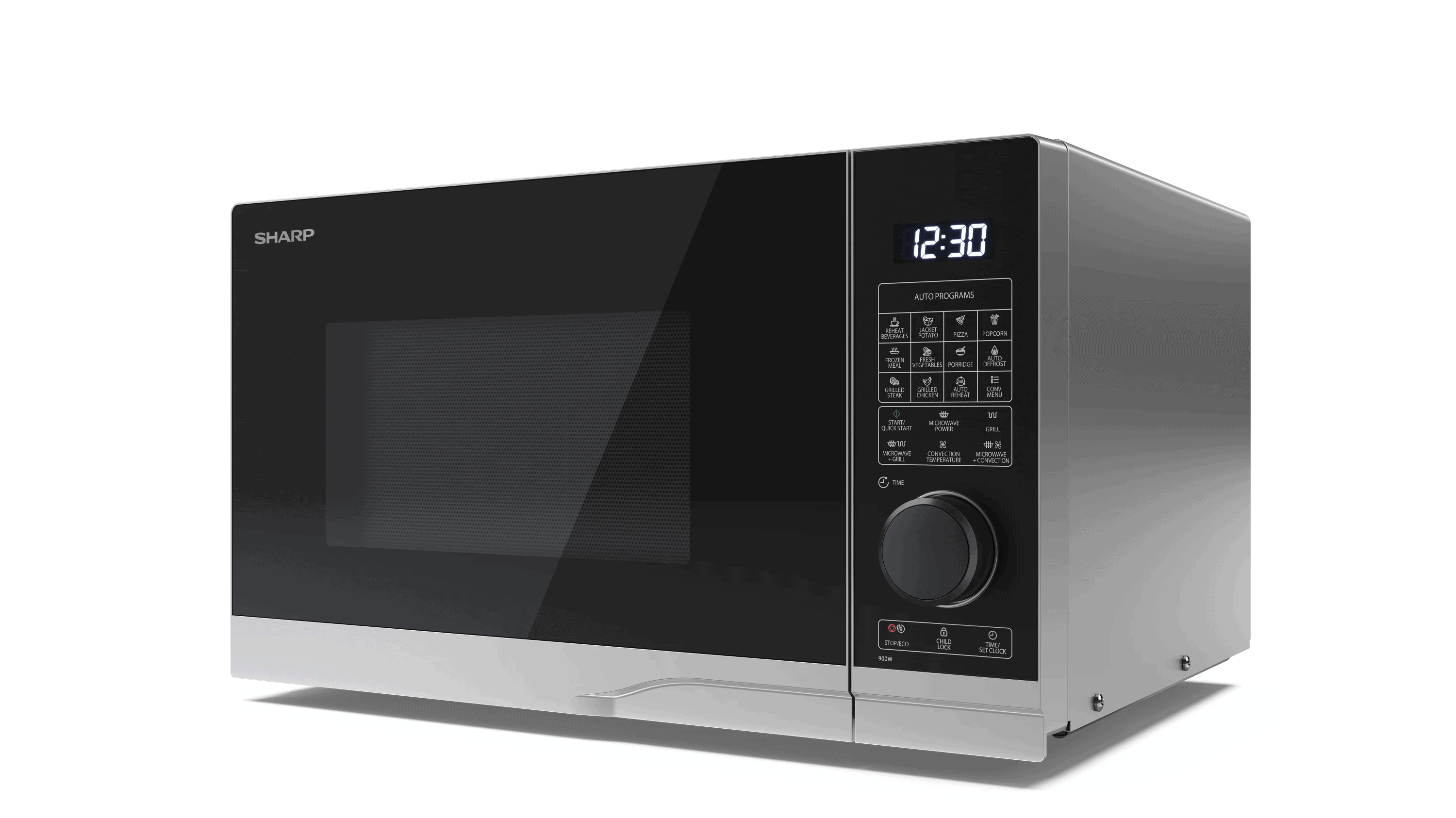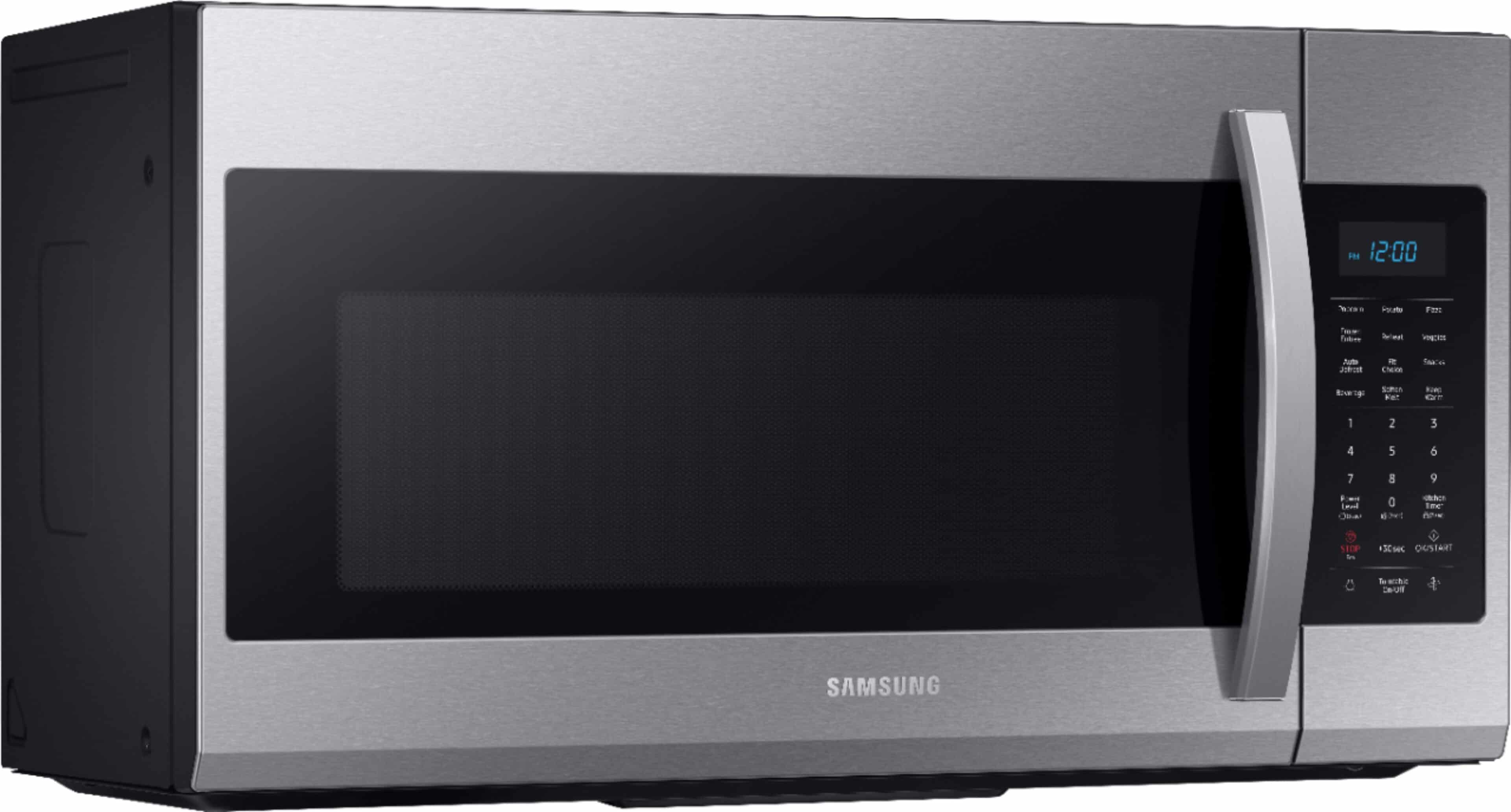Is your microwave not heating up your food properly? Before getting worried, take a deep breath. Microwaves are usually reliable appliances, and many heating issues can be resolved with some simple checks or quick fixes. This common problem can be caused by various issues, ranging from basic fixes to more complex repairs. The most common reasons for a microwave not heating include a faulty door switch, blown fuse, or defective magnetron.
To troubleshoot a non-heating microwave, start with basic checks. Make sure the appliance is plugged in and the door is fully closed. Check if the timer is set correctly and the power level isn’t at zero. If these simple steps don’t work, the issue may be with internal components such as the diode, high voltage capacitor, or magnetron. Some microwave repairs can be done at home, but others require professional help. Testing components with a multimeter can help identify the problem.
For safety reasons, it’s best to call a trained technician for complex repairs or if you’re unsure about handling electrical parts. Let’s explore some common causes and how to troubleshoot them, so you can get back to enjoying hot meals in no time.

Troubleshooting Your Microwave When It’s Not Heating
Check the Basics First
Before diving into complex repairs, start with these simple checks:
- Power Supply: Is the microwave plugged in securely? Is the outlet working? Check the circuit breaker or fuse box if needed.
- Door Latch: Ensure the door closes properly and the latch engages. A faulty door switch prevents the microwave from operating for safety reasons.
- Settings: Double-check the timer and power level settings. Make sure you haven’t accidentally set it to a very low power level or a short timer.
Common Causes and Quick Fixes
| Problem | Possible Cause | Solution |
|---|---|---|
| No power at all | Blown fuse, tripped breaker, faulty outlet | Replace fuse, reset breaker, check outlet with another appliance |
| Microwave runs but doesn’t heat | Faulty magnetron, diode, capacitor, or door switch | Call a qualified technician for repair or replacement |
| Food heats unevenly | Turntable not rotating, food placement, incorrect power level | Check turntable motor and belt, arrange food properly, adjust power level |
| Sparks or smoke | Food debris, damaged waveguide cover, faulty components | Clean interior thoroughly, replace waveguide cover if damaged, call a technician for other issues |

Safety First!
Working with electrical appliances can be hazardous. If you’re unsure about any of these fixes, it’s always best to consult a qualified technician.
Key Takeaways
- Check basic settings and connections before assuming a part is broken
- Common causes include faulty door switches, blown fuses, or bad magnetrons
- Seek professional help for complex repairs to ensure safety
Understanding Microwave Functionality
Microwaves use electromagnetic waves to heat food quickly and efficiently. The key parts work together to create and direct these waves.
Core Components of Microwaves
Microwaves have several important parts. The magnetron creates the waves that cook food. A high-voltage capacitor and diode supply power to the magnetron.
The waveguide directs the waves into the cooking area. A turntable spins food for even heating. Some models use a stirrer instead of a turntable.
A fan motor cools the internal parts. The control panel lets users set cooking time and power. Safety switches stop the microwave if the door opens.
The Role of Magnetrons in Heating
The magnetron is the heart of a microwave. It turns electricity into microwaves. These waves make water molecules in food vibrate, creating heat.
Magnetrons need high voltage to work. The capacitor and diode help provide this power. If the magnetron fails, the microwave won’t heat food.
Regular use can wear out a magnetron over time. Signs of a bad magnetron include sparking, unusual noises, or no heat. Only trained technicians should replace this part due to safety risks.
Common Causes for Heating Failure
Microwaves can stop heating due to several issues. These problems often stem from electrical components, door mechanisms, or control settings.
Power and Electrical Issues
A microwave needs proper power to heat food. Check if it’s plugged in and the outlet works. Look for blown fuses or tripped circuit breakers. Inside the microwave, a thermal fuse can blow if the unit overheats. This safety feature cuts power to prevent damage.
The high-voltage capacitor and diode work together to power the magnetron. If either part fails, the microwave won’t heat. A faulty magnetron, which creates the microwaves, is another common cause of heating problems.
Some microwaves have a thermoprotector switch. This cuts power if the internal temperature gets too high. It may need to be reset or replaced if it’s not working right.
Door Switch and Interlock System Malfunctions
Microwave doors have safety switches. These switches stop the unit from running when the door is open. If a switch breaks, the microwave might not start or heat.
There are usually multiple door switches. Each one must work for the microwave to run. A broken switch can make the microwave think the door is open even when it’s closed.
Test the switches by pressing them. They should click when pushed. If a switch feels loose or doesn’t click, it may need to be replaced.
Control Board and Setting Errors
The control board manages all microwave functions. If it fails, the unit may not heat or work at all. Look for signs like unresponsive buttons or a blank display.
Sometimes, the problem is simpler. Check if the power level is set too low. The microwave might be in a mode that doesn’t use heat, like defrost.
Make sure the timer is set correctly. If it’s not counting down, the microwave won’t heat. Try resetting the microwave by unplugging it for a minute, then plugging it back in.
Professional Diagnostic and Repair Processes
Fixing a microwave that won’t heat requires specialized knowledge and skills. Safety is crucial when dealing with high-voltage components.
Safety Protocols for Microwave Repair
Microwaves can be dangerous to work on. Always unplug the unit before starting any repairs. Wait at least 24 hours for the capacitor to discharge. Use insulated tools and wear rubber-soled shoes. Never touch internal parts with bare hands.
Discharge the high-voltage capacitor before working on the microwave. Use a insulated screwdriver to short the capacitor terminals. This prevents electric shock. Only licensed technicians should open the microwave casing or handle internal components.
Follow the manufacturer’s safety guidelines. Check if the warranty is still valid before attempting repairs. Some issues may be covered under warranty.
Steps in Troubleshooting Microwave Issues
Start with simple checks. Make sure the microwave is plugged in and the door is closed properly. Test the outlet with another appliance. Check if the thermal fuse has blown.
If those steps don’t work, move on to more complex tests. Inspect the door switches, high voltage diode, and magnetron. Use a multimeter to test for continuity in these parts. Check the main control board for signs of damage.
Listen for unusual noises when the microwave runs. Look for visible burn marks on components. Take note of any error codes on the display panel.
Techniques for Component Testing and Replacement
Use a multimeter to test microwave parts. Set it to continuity mode to check for breaks in circuits. Measure resistance in the magnetron, high-voltage capacitor, and transformer. Compare readings to the manufacturer’s specs.
When replacing parts, disconnect all power sources first. Label wires before removing them. Take photos to remember the original layout. Use the exact replacement part recommended by the manufacturer.
Common replacements include the door switch, magnetron, and high-voltage capacitor. The main control board may need replacing if it’s faulty. Always reassemble carefully and test the microwave after repairs.







